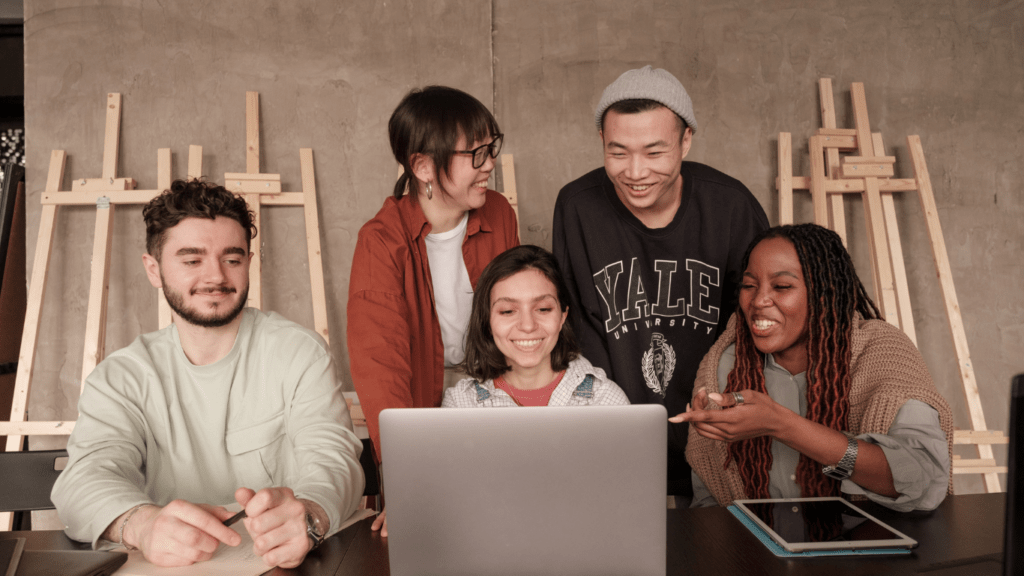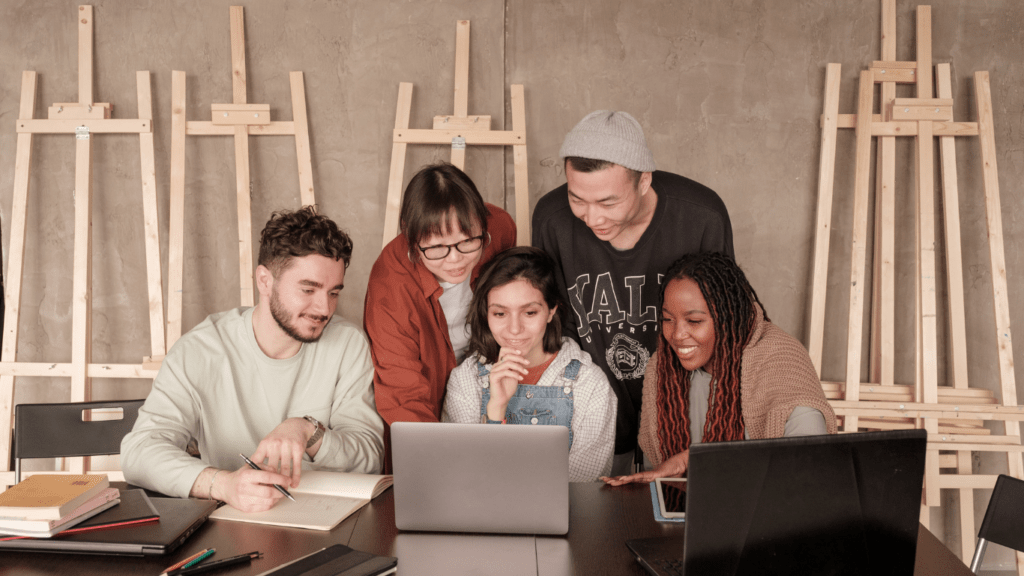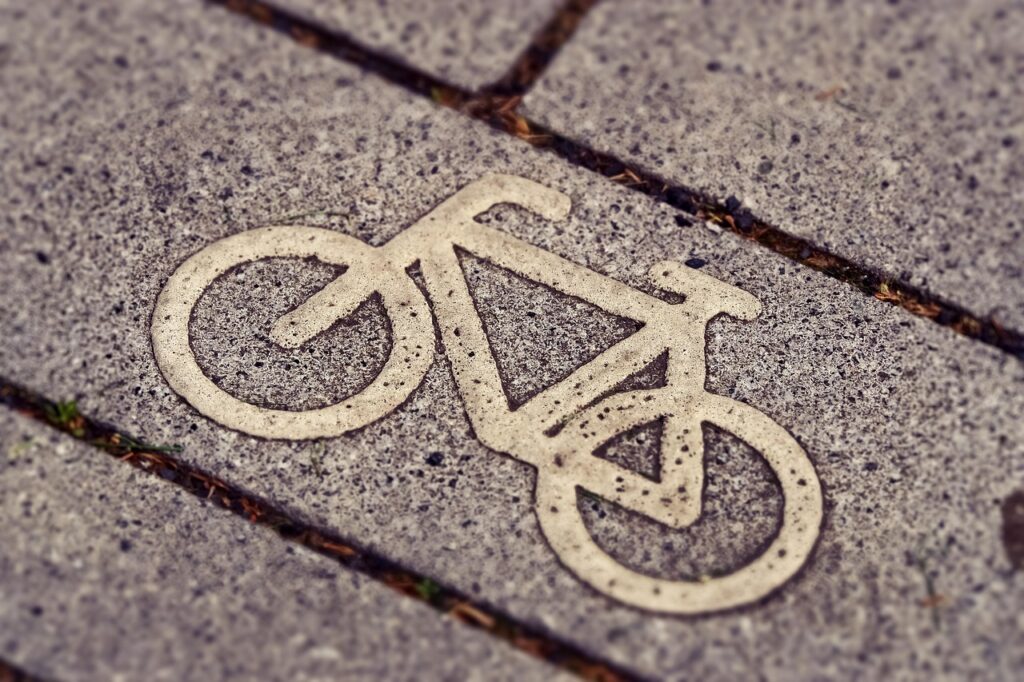Embarking on a journey into the world of digital painting can be both exciting and intimidating. As an artist, I’ve discovered the endless possibilities and creative freedom that digital tools offer. In this beginner’s guide, I’ll share essential techniques to help you kickstart your digital painting adventure.
From mastering brush settings to understanding layers and blending modes, digital painting opens up a realm of artistic expression. In this article, I’ll walk you through fundamental concepts and practical tips that will empower you to create stunning digital artworks. Whether you’re a complete novice or transitioning from traditional mediums, this guide will equip you with the skills needed to unleash your creativity on a digital canvas.
Join me as we delve into the fascinating world of digital painting techniques, where imagination knows no bounds, and every stroke brings your vision to life.
Understanding Digital Painting
What Is Digital Painting?
When it comes to digital painting, it involves creating artworks using digital tools such as a computer, graphics tablet, and software like Adobe Photoshop or Procreate. Unlike traditional painting on canvas with physical brushes and paints, digital painting allows artists like me to explore a wide range of techniques, colors, and styles with the convenience of working on a screen.
Key Differences Between Digital and Traditional Painting
In digital painting, I have the flexibility to undo mistakes easily, experiment with different effects in real-time, and work with layers for better organization. Unlike traditional painting, where I need to wait for paint to dry and work with physical mediums, digital painting offers an efficient workflow that enables me to refine details effortlessly and achieve precise results. The ability to save multiple versions of my work and work non-destructively are significant advantages of digital painting over traditional methods.
Essential Tools for Digital Painting
When diving into digital painting, the tools you use play a crucial role in the outcome of your artwork. Here are the essential tools you need to kickstart your digital painting journey:
Choosing the Right Software
Selecting the right software is key to unleashing your creativity in digital painting. Popular options like Adobe Photoshop, Corel Painter, and Procreate offer a wide range of brushes, effects, and editing capabilities. Experiment with different software to find the one that best suits your artistic style and workflow.
Hardware Requirements
To create digital art seamlessly, you’ll need the appropriate hardware. Invest in a graphics tablet that allows you to draw directly on the screen with precision and pressure sensitivity. Pair it with a high-resolution monitor to ensure accurate color representation. Additionally, a reliable computer with sufficient RAM and a fast processor is essential for running graphic-intensive painting software smoothly.
By ensuring you have the right software and hardware, you set yourself up for success in the world of digital painting.
Basic Techniques in Digital Painting
When it comes to digital painting, mastering basic techniques is essential for creating stunning artwork. Here are some key fundamentals to keep in mind:
- Layering and Opacity Tips
In digital painting, utilizing layers is crucial for maintaining organization and flexibility in your artwork. By working on separate layers for different elements of your painting, you can easily make changes without affecting the rest of the composition. Adjusting the opacity of layers allows you to control the transparency of each element, enabling you to blend colors seamlessly and create depth in your artwork. Remember, practice is key to understanding the power of layering and opacity in digital painting. - Brushes and Textures: Getting Started
Selecting the right brushes and textures can greatly impact the outcome of your digital paintings. Experiment with various brush styles, sizes, and textures to discover which ones work best for your artistic vision. From soft blending brushes to textured brushes that mimic traditional mediums like oil or watercolor, the possibilities are endless. Customizing brush settings and exploring different textures can add depth and realism to your artwork. Don’t be afraid to experiment and find the perfect combination of brushes and textures that suit your style.
Advanced Digital Painting Techniques
Incorporating Mixed Media
When aiming for advanced digital painting techniques, incorporating mixed media can elevate the artwork to a new level. Mixing traditional art elements like watercolor textures or scanned sketches with digital painting can add unique depth and character to the piece. Experimenting with combining different mediums allows for creative exploration and the development of a distinct artistic style.
Dynamic Lighting and Shadows
Mastering dynamic lighting and shadows is essential in advanced digital painting. Understanding how light interacts with objects and creates shadows can significantly enhance the realism and depth of the artwork. Utilizing techniques such as color temperature variations, soft/hard edges, and light direction manipulation can bring a sense of luminosity and three-dimensionality to the piece. By skillfully incorporating dynamic lighting and shadows, artists can create visually striking and immersive digital paintings.
Practicing Your Skills
When it comes to digital painting, consistent practice is key to honing your skills and improving as an artist. Here are some effective strategies to help you enhance your digital painting abilities:
Daily Practice Habits
To excel in digital painting, it’s essential to establish a daily practice routine. Set aside dedicated time each day to work on your digital art projects. Whether it’s sketching, experimenting with new techniques, or completing small studies, regular practice will keep your skills sharp and allow you to track your progress over time. Consistency is key in developing proficiency in digital painting.
Online Resources and Communities
Take advantage of the wealth of online resources and communities available to digital artists. Platforms like YouTube, ArtStation, and DeviantArt offer tutorials, speedpaint videos, and forums where you can learn from other artists, gather inspiration, and receive feedback on your work. Joining digital art communities and engaging with fellow artists can provide valuable insights, motivation, and support on your artistic journey.



